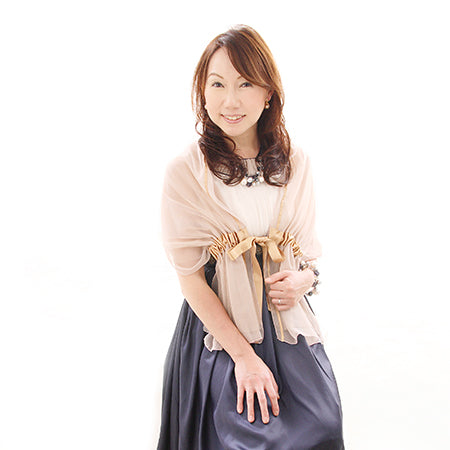Hideko Sato Piano Recital

Russian pianism revived
Invites you to a world of fantasy with beautiful sounds that are played freely
Date: February 27, 2020 (Tuesday) Start 19:00 (Open 18:30)
Venue: Tokyo Bunka Kaikan Small Hall
Ticket price:
All seats reserved
SS ¥6,000 / S ¥5,000 / A ¥4,000 / B ¥3,000
This performance will be held as scheduled. Advance ticket sales on the website have ended.
If you would like to purchase it, please contact us below.
Inquiries: Pro Arte Musice Tel 03-3943-6677
Organizer: HS classics
Costume cooperation: Hobbies kimono and obi Hiratsuka Toyoshi
Special cooperation/sponsorship: Yuri Konno (Dial Service Co., Ltd. President) / Haruo Shimada (Shimada Research Institute Co., Ltd.) / i-OH Research Institute Co., Ltd.
Sponsors: SAIL Co., Ltd. / Masahiro Koshiba (President and CEO, United Managers Japan Co., Ltd.) / Ohmori Management Consulting / Koge Shinichi Law Office
Cooperation: Koichi Mizukami (Director of Japan Business Association / President of KMC Co., Ltd.)
Sponsors: Embassy of the Russian Federation in Japan / Russian Federation Exchange Agency / Embassy of the Republic of San Marino in Japan / Japan Federation of Musicians / All Japan Piano Teachers Association / Japan-Russian Musicians Association
Management/Tickets/Inquiries: Pro Arte Musice Tel 03-3943-6677
Hideko Sato
piano
From the age of 3, she received specialized piano training from her mother, Reiko Sato (1961-1979, Tokyo College of Music, Piano Course, under Susumu Nagai). -I stopped playing the piano when I was 20. At the age of 21, he listened to Dang Thai Son's Chopin Piano Concerto Nos. 1 and 2, and was fascinated by the piano, later becoming his apprentice and being influenced by it. In Poland and Canada, he became a disciple of Russian masters such as Genrich Neuhaus and Emil Gilels, and acquired a playing style that fused music and technical by combining the Russian playing style with his own playing style.
From 1988, he studied in Warsaw, Minsk, Toronto, etc., and returned to Japan in 1995. Immediately after returning to Japan, he suffered from the pianist's occupational disease, focal dystonia, but he performed his debut recital at two venues, including Tsuda Hall in Tokyo, with a devised performance technique. Worse in the same year. The middle finger could not be raised at all and the performance activity stopped. After that, my thumbs also became involved inside, and I could not even hold a cup without being conscious of it.
After about 21 years of trial and error, in 2016 he completely recovered with his own keyboard rehabilitation. No Western medical treatment. The cause has also been elucidated on its own, and she is studying to prove from a medical point of view that the only way to completely recover is to rehabilitate herself.
In 2018, he held a comeback recital at Hamarikyu Asahi Hall and other venues for the first time in 23 years, and received high praise from critics.
A pianist with an extremely beautiful tone, who pursues the essence of musical art with a sharp animal-like sensibility and a natural flow.
Click here for detailed profile
Program
Brahms: Three Interludes, Op.117
Schumann: Papillon Opus 2
Chopin: Piano Sonata No.2 ``Funeral'' in B flat minor, Op.35




